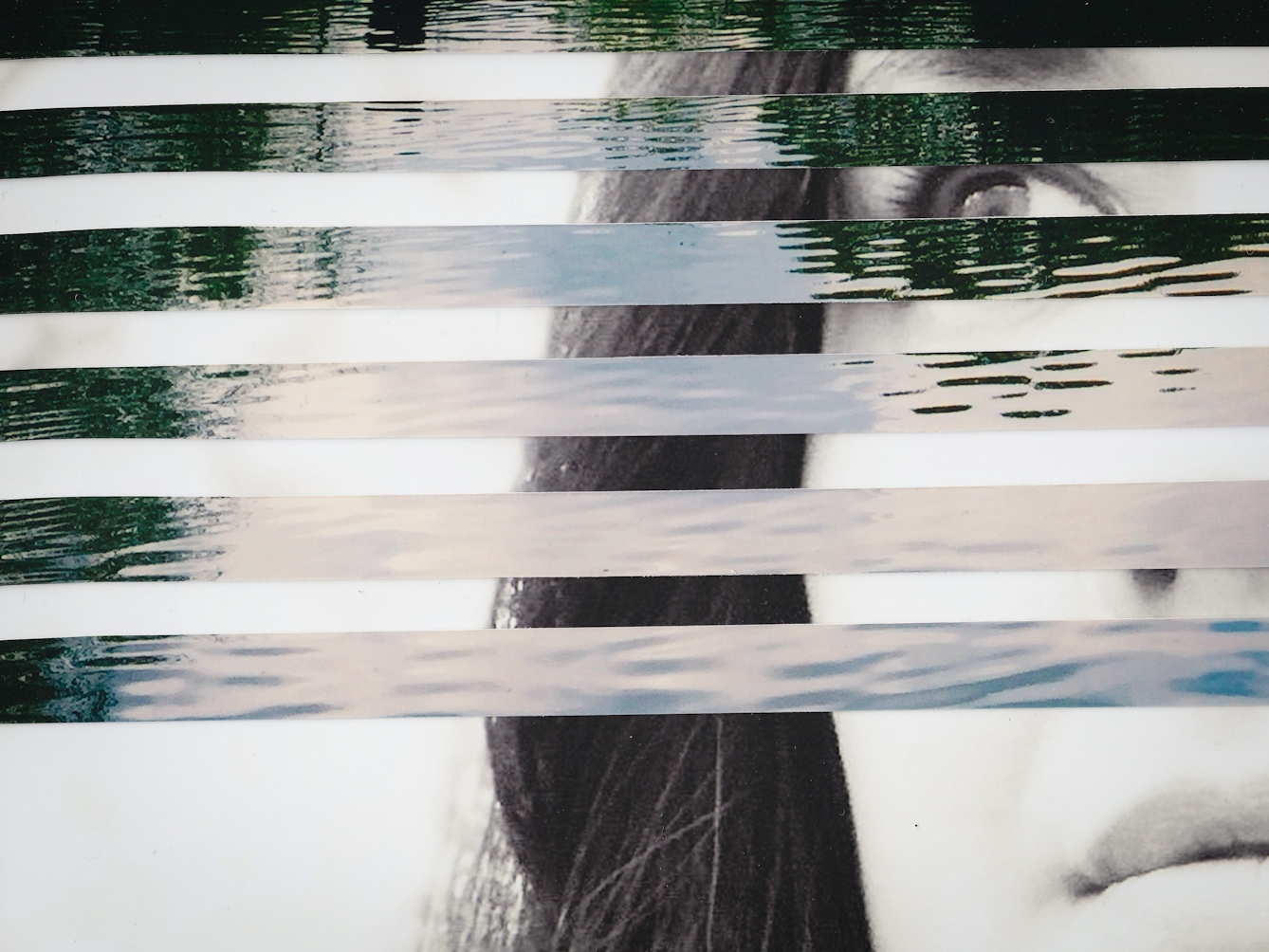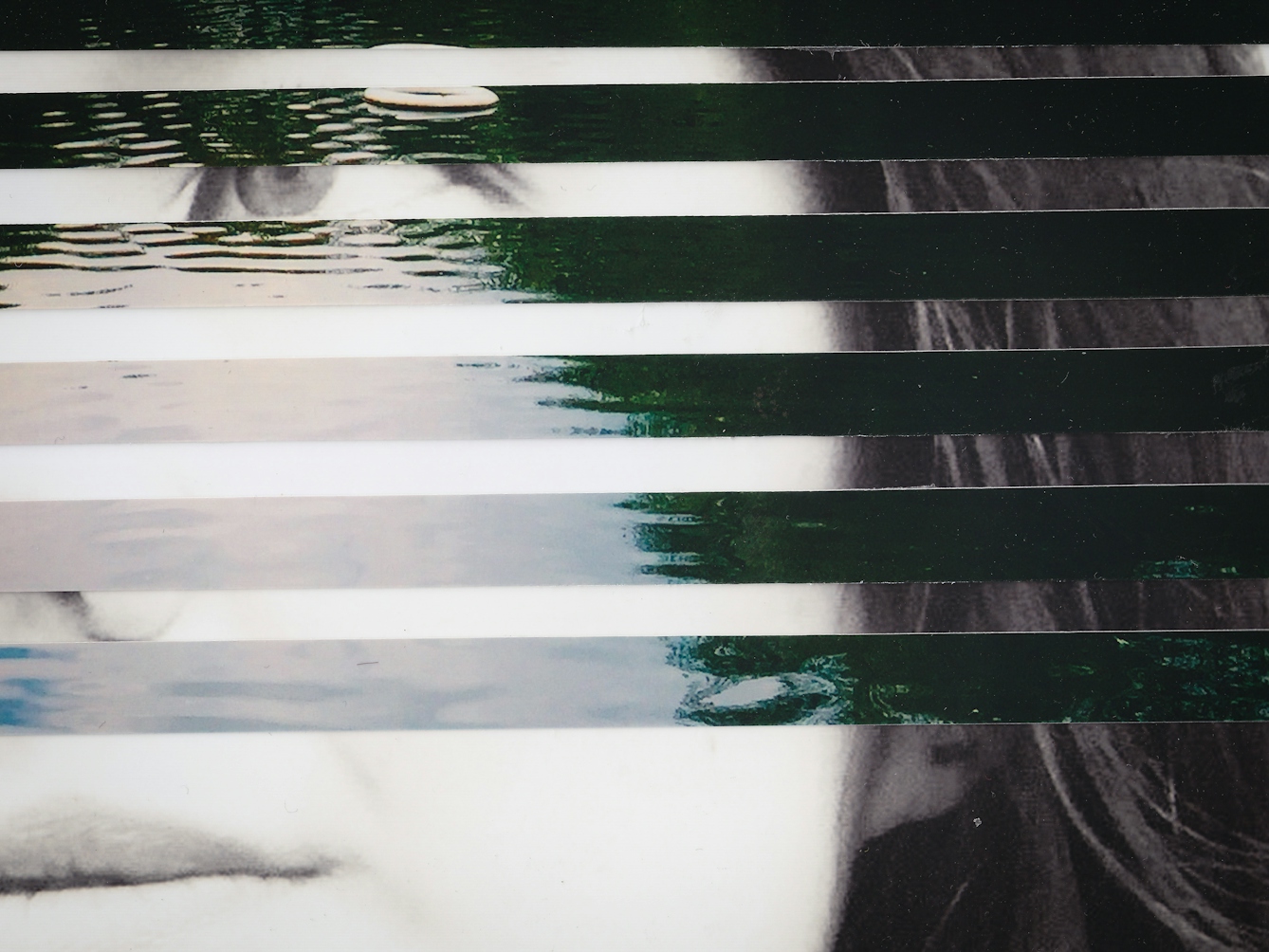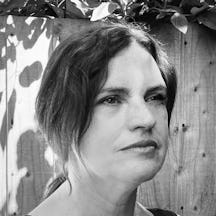Nature has long been framed as a cure for human ailments. When Jessica J Lee began swimming and walking on Hampstead Heath, she wondered how it might help her recover from depression. The answer she found was richer and more complex than she originally imagined.
On nature cures and taking the waters
Words by Jessica J Leeartwork by Faye Helleraverage reading time 6 minutes
- Article

i. The well
My first visits to Hampstead Heath were during a difficult time: I was unhappily married and, at 22, trying to figure out what came next. I began walking the heath daily, if only to get out of the house, and began finding relief in learning the names of plants. When I was diagnosed with depression, I dragged myself to the ponds to swim their icy waters. The cold seemed to cut through the numbness; swimming, at least, I felt something. Like many, I sought in nature a solution to very human problems.
On one of those visits, I followed the gravel lane past the pond until I reached an open field. A stone fountain rose from the ground, with a stream of orange painted upon it by centuries of flowing water. There, I leaned my cupped hands into its trickle and brought them to my lips. The water tasted like spilt blood; it flowed from one of Hampstead Heath’s chalybeate (iron-rich) wells, a remaining trace of this landscape’s long history as a “nature cure”.
ii. The water
Around 1698, Hampstead village gained a reputation for its iron-rich waters. Drinking or bathing in water – particularly sulphur or chalybeate waters – had long been associated with healing. The mineral-rich waters were said to be effective against all manner of ailments: gout, leprosy, miscarriage, indigestion, and more. So by 1708, the village had grown into a popular spa destination, alongside Bath or Tunbridge Wells, and infrastructure like inns, taverns and dance halls had sprung up to serve the visitors.
Alongside the commercial growth of the village, endorsements from doctors helped secure the spa’s popularity. The first to praise Hampstead’s waters, Dr Gibbons, prescribed patients a drink each morning, a special diet, and long walks on the heath, which was renowned for its fresh air.
In 1734 physician John Soame extolled the spa’s virtues: “Where is there a finer and more pure Chalybeat Water than Hampstead Wells? And for Air, where have you a more balsamic, dry, and clean Air than at Hampstead? And for Exercise, where have you a finer Country, better Roads, and Pleasanter Views than at Hampstead?”

“When I was diagnosed with depression, I dragged myself to the ponds to swim their icy waters. Like many, I sought in nature a solution to very human problems.”
The cure at Hampstead was inextricable from its setting: it was in the air, rolling hills and pleasant vistas. Although the fashion for chalybeate waters eventually fell by the wayside, the notion of a “nature cure” has persisted.
iii. The cure
The idea that we can find healing in the natural world is potent, and our tendency to commercialise such cures, as Hampstead’s history shows, deep-rooted. Ecotherapy is thriving. Except now, instead of drinking or bathing in chalybeate water, the current range of cures seems curiously familiar: gardening to take advantage of the serotonin-releasing compounds in the soil, outdoor swimming for its knock-on effects on depression. If many of these seem like everyday activities, how do we make sense of their repackaging as ‘cures’?
Though I make a living by writing about the natural world and am a regular winter swimmer, I admit to a healthy dose of scepticism. When I was at my lowest, it seemed facile to imply that a swim could cure my depression, and at times like a “pull yourself up from the bootstraps” admonishment against the vast complexity of human suffering. Perhaps the trouble is that the word ‘cure’ asks too much.
As Richard Smyth writes, “The obvious fact that there are very many things that nature will never cure, no matter how many times you swim the lake or climb the tree or hike over the hill, too often gets trampled out of sight by the irresistible narrative.”
I wonder, too, about who these activities are for: access to green spaces is drastically uneven in Britain, especially for city dwellers, people of colour, and people with disabilities. As a woman of mixed East Asian and British heritage, I shudder when these things are given added mystique by drawing on Asian cultures: going for a walk in the woods repackaged as forest bathing, for example, with a wealth of guidebooks drawing on an ‘ancient’ 1980s Japanese government health initiative.
The sense of relief we get when taking a walk or swim or after a day’s hiking isn’t entirely misplaced; there are a range of studies demonstrating how handling soil can impact our moods, or how seeing green can help reduce anxiety. In ‘Losing Eden’, a book examining hundreds of studies on nature cures, Lucy Jones points to a now famous 1984 study by Roger Ulrich – in which hospital patients with a view of trees instead of a brick wall fared better – which has become nature therapy’s touchstone.

“I came to love the heath when I was struggling to love much of anything – let alone myself.”
But what these studies struggle to account for is how much of the benefit is the result of simply getting outdoors, moving our bodies, and connecting with the world around us.
iv. The riches
I’ve begun to ask myself instead: what do I stand to gain by getting to know the natural world? By looking, listening, learning to name its flora, seeking to understand forces and timescales that exceed my day-to-day life?
I came to love the heath when I was struggling to love much of anything – let alone myself. It taught me that, as much as nature can have an impact on us, we cannot avoid considering how we have shaped it: a century after the spa closed, Hampstead Heath’s hills and grasslands were torn apart to extract sand and clay to build the surrounding city.
Climate change has brought more rainfall to the area; air pollution and foot traffic have trampled out delicate grassland species. And nature exceeds our plans for it: rosebay willowherb grows in patches where World War II rubble was buried, scrub pushes into meadows and reclaims them as woodland.
In all of my walks and swims, I never found a simple succour for my sadness; the natural world doesn’t exist to make me happier. But in studying the minute details of a landscape, I’ve found something richer and far more complex than just how to be happier or calmer: I’ve learned to be attentive to a world vaster than my grief, and to love a place despite its indifference to me.
About the contributors
Jessica J Lee
Jessica J Lee is an environmental historian and author of two books of nature writing, ‘Turning’ (2017) and ‘Two Trees Make a Forest’ (2019). She has written for the Guardian, Catapult, the Times Literary Supplement and BBC Radio 4. She is the founding editor of The Willowherb Review.
Faye Heller
Faye Heller studied for her MA in Fine Art at the Slade School, University College London, UK and is a qualified teacher. She has been making artwork for over 25 years and her work was shown at the Tate Modern on a late night for the Dora Maar exhibition in 2020. Using handmade photomontage and collage, she combines portraiture with the natural and man-made landscape, exploring the psychological and environmental, and evoking layers of time, landscape, places and encounters.

